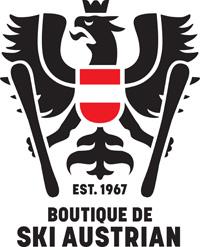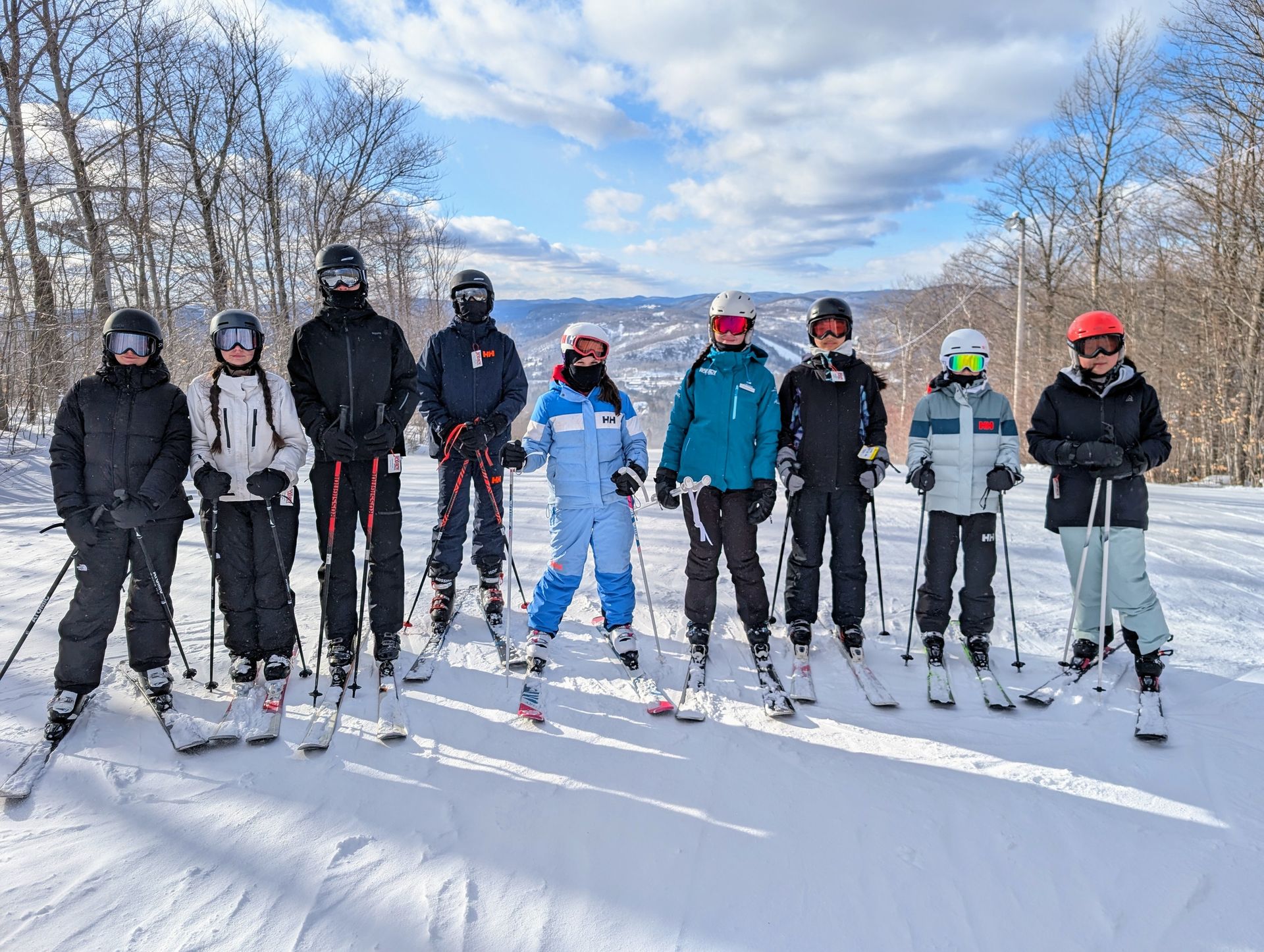Equipment
Rod Roy Snow School is pleased to be able to offer our members discounts and rebates that can provide some great savings. These offers are valid to Rod Roy Snow School members upon presentation of the membership letter. Rebates & discounts are subject to change. Details in store.
Rod Roy Membership Privilege Details (pdf) - valid upon presentation of your membership letter






Centre Fairview Pointe-Claire
514-694-8181
482-101 Beaconsfield Blvd., Beaconsfield
514-505-3895
2973 boul. St-Charles, Kirkland
514-697-1079
5706 Monkland, N.D.G.
514-483-3666
4224 Décarie, Montreal
514-485-9897
2550 St-Joseph Blvd., Lachine
514-634-1611
Dress for Success!
Check out our guide on how to dress properly for a day of skiing or snowboarding. Having the right clothing is important for an enjoyable day on the slopes!
Cold Weather Survival Tips
In order to enjoy your ski days to their fullest it’s important to be properly dressed for the elements. Here are a few cold weather tips…
- Dress in LAYERS. If you normally ski with one or two insulating layers under your jacket, on cold days you should add at least one or two additional layers. The layers should be synthetic, fleece or wool fabrics. You might not feel quite as agile wearing so many layers but it’s important to keep your core temperature warm.
- The same principle applies to your lower body. On cold days add a second pair of long underwear.
- Do not wear cotton socks or clothing.
- Wear MITTS instead of gloves.
- Use HAND WARMERS and possibly toe warmers (available at all ski shops and most sporting goods stores). On cold days use your hand warmers before your first run. Don’t wait until your hands are cold to use the hand warmers.
- COVER YOUR FACE and neck. Wear a neck tube or balaclava. Scarves are not recommended. Goggles also help to cover exposed skin on cold days.
- DRY your boots after every ski day. Dry your boots with the buckles done up. Do not leave your boots in your car or your garage.
- Bring a second pair of ski socks (ages 13+) and change your socks at lunch if they are damp.

